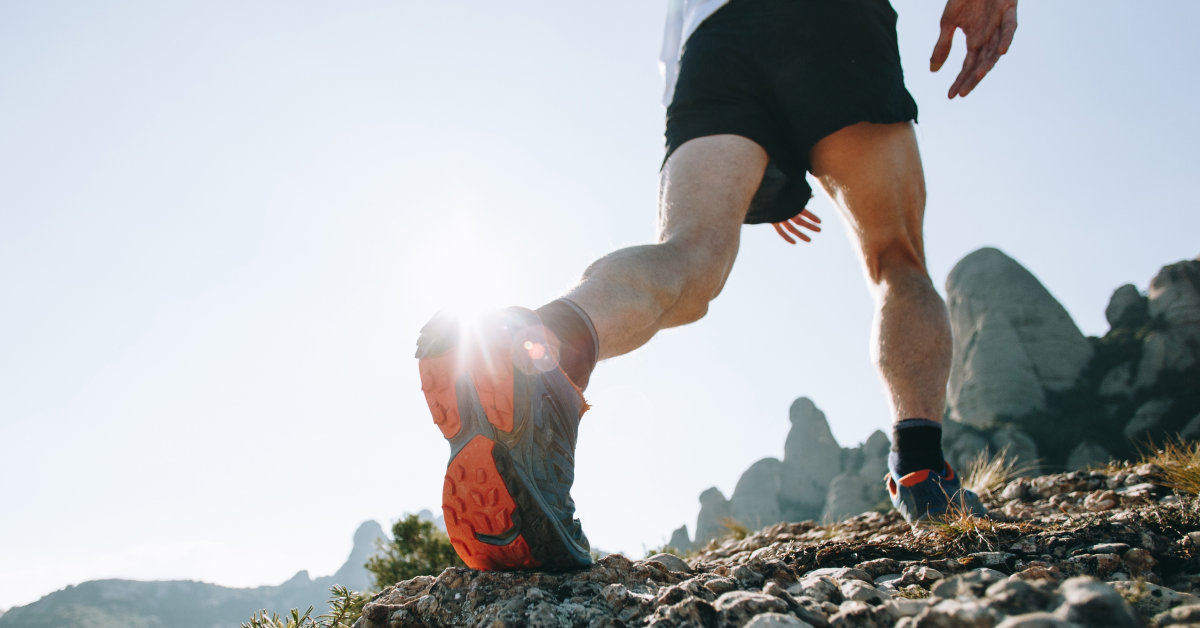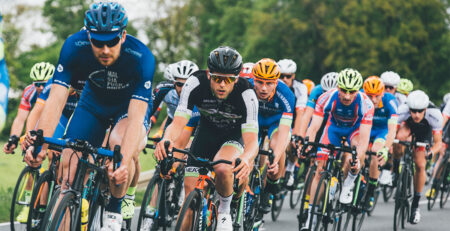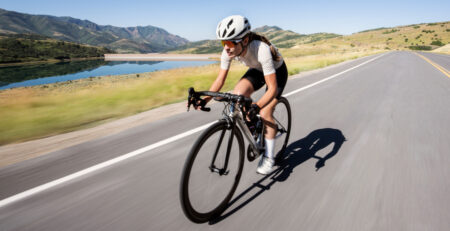Build Fatigue Resistance for Ultra Running Success
We are about to head into Ultra Running Season. Many in South Africa would say that is from January to December but it wisely runs through our cooler months and begins with the two big road ultras, the Two Oceans and Comrades Marathons, followed by numerous super-long distance trail events to take us through to the beginning of Summer. The key to success in events that take as long as these to complete is fatigue resistance. This is something that can only be built up over time, employing the two essential characteristics of a good endurance training program, patience and consistency. There are however some key points to consider when planning that training that will help to increase our resistance to fatigue in the most efficient way.
Fully fuel and hydrate the long key sessions – Fasted training and glycogen depleted sessions can both elicit positive training effects that will help us perform in ultra distance running races but we should never do that in our key, long training sessions. Here we want to train as we plan to be racing – well fuelled and hydrated. We want the body to ‘feel’ what it is like to have fuel in the tank at the end of a long session. This will not only have a positive physical effect but a massive psychological boost in our training build up.
Increase the amount of climbing in the final phase of training – Running up but also down hills makes our legs stronger and more resilient. In fact the downhills could have an even higher impact (excuse the pun) because of the eccentric loading of the muscle as we attempt to decelerate going down a steep hill. Adding more and more hillwork to our schedule as we near our goal race, even if it is on a flat route, will definitely improve our resistance to fatigue come race day.
Add some efforts in the long runs – Not all our long runs should be easy efforts. Even if we will rarely, if ever, run faster than our aerobic cruising speed in a race, it is definitely beneficial to add in some lifts of tempo and effort during some of our longer training sessions. This can take the form of a predetermined number of minutes at a higher tempo in the beginning, middle or at the end of a long run, or some effort above the average on nominated hills on our long run route.
Some of our tempo training should be done on tired legs – Tempo runs can often be psychologically stressful and, as a result, most of us will schedule them after recovery days so that our legs are fresher and we are able to deliver a good performance. There are advantages to doing some of these tempo runs the day after a long, endurance session however, when our legs are fatigued and the muscles depleted, right from the get-go. This can be mentally quite tough and, because of this, a good method of accomplishing this is to schedule a training race back-to-back with a long session.
Double weekends / split sessions – The combined effect of two long runs on consecutive days can almost equal doing the combined distance all in one session. Splitting the session across two days will have the added benefit of allowing us to run with better form on the second half after a nights rest. Another way to achieve this is to do morning and evening longer sessions or even, morning, evening and the next morning sessions. The whole is greater than the sum of its parts.
Stretch out the legs at the end of a long session – Not after every one but occasionally do a set of ‘run-throughs’ or strides at the end of a long endurance training session. Similar to what we would do in a pre-race session, 5-10 three-quarter paced intervals of 20-30 seconds with a walk back recovery will help to stretch out the stride of our tired legs. It will also have an added benefit of making them feel a little less tight and sluggish the next day.
Training events are good but not too many – Including shorter events into our training build is useful to practice race pacing, fuelling and hydration but it can also help us to get to the effort levels we are looking for in our double session weekends or at the end of a big training week where our enthusiasm for training may be waning by the end of the week. The key is not to do too many in order to maintain our excitement and keenness for racing. We want some pent up energy remaining when we hit our big day.
Do not overtrain – Seems obvious right? The problem is, when we are trying to train and develop our resistance to fatigue, it is easy to find ourselves in a constant state of, you guessed it, fatigue. Above we have mentioned a number of scenarios where the goal was to train on tired legs or to push hard on tired legs and this can become a habit that is surprisingly addictive despite it being pretty uncomfortable. Ultra runners can become so used to that feeling of deep-seated weariness that they almost crave it and think that they are not training hard enough unless they can feel it. Yes, we want some extreme sessions and what many would consider over-the-top weekends of training but we always want to balance that with good periods that allow the body to catch up and recover before we do it again. There is no improvement without recovery and we want the spiral going up, not in the other, incorrect direction.





Leave a Reply